PPT-Cascading effects What are they
Author : natalia-silvester | Published Date : 2018-02-28
and how do they affect society Alexander Cedergren University of Lund The research leading to these results has received funding from the European
Presentation Embed Code
Download Presentation
Download Presentation The PPT/PDF document "Cascading effects What are they" is the property of its rightful owner. Permission is granted to download and print the materials on this website for personal, non-commercial use only, and to display it on your personal computer provided you do not modify the materials and that you retain all copyright notices contained in the materials. By downloading content from our website, you accept the terms of this agreement.
Cascading effects What are they: Transcript
Download Rules Of Document
"Cascading effects What are they"The content belongs to its owner. You may download and print it for personal use, without modification, and keep all copyright notices. By downloading, you agree to these terms.
Related Documents



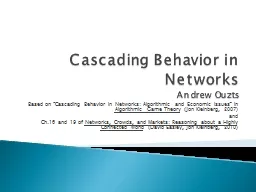


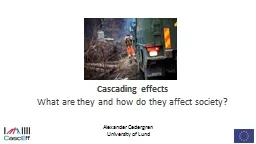

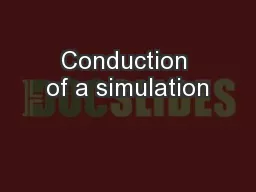



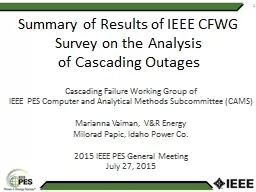
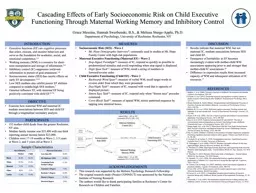
![[READING BOOK]-Compiler Generators: What They Can Do, What They Might Do, and What They](https://thumbs.docslides.com/971388/reading-book-compiler-generators-what-they-can-do-what-they-might-do-and-what-they-will-probably-never-do-monographs-in-theoretical-computer-science-an-eatcs-series-19.jpg)